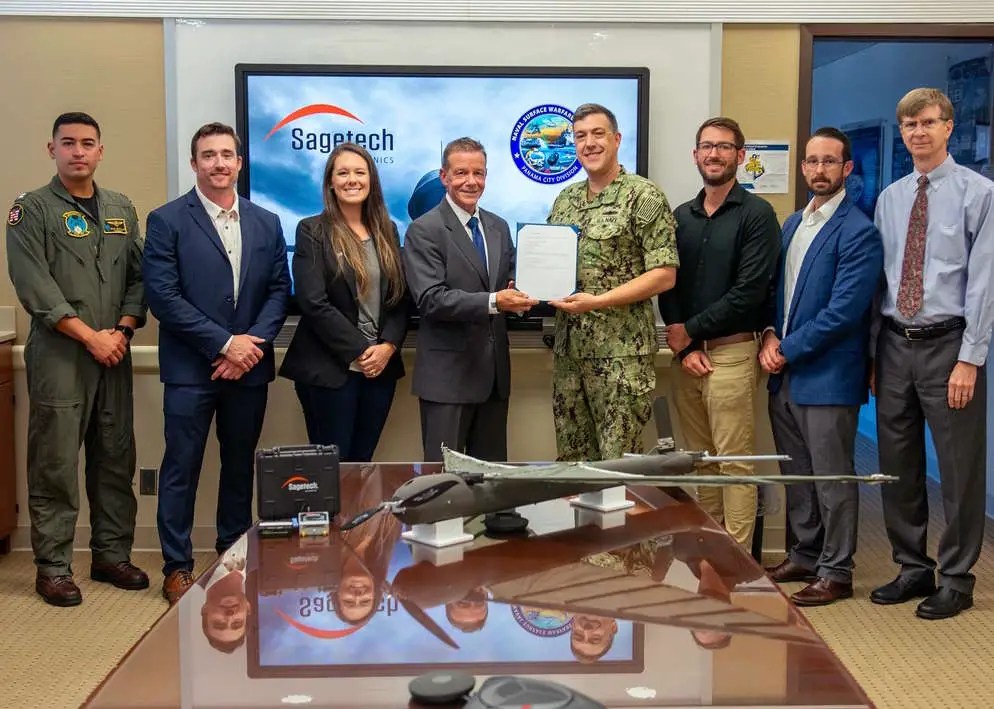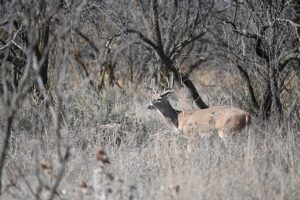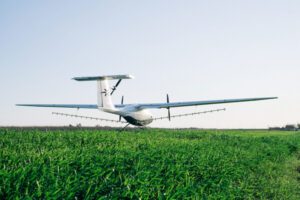In July 1943, training had taken me to Bellevue, Washington, where I met the crew of what would become the, “The Saint”, a B-17 Flying Fortress. I often think about many of the other young men I met along the way, and whether they made it back to their loved ones. Our crew suffered losses, but we had an important mission to the Allied war effort, to take out German ball bearing, munitions, and aircraft factories.
Those of us who were lucky enough to survive our 25 missions, never forget about those who gave the ultimate sacrifice. The survivors have reunited throughout the years to celebrate life.
Reality Sets In
In October, 1943, we boarded the Queen Mary with 17,000 other soldiers, for the trip to Europe. We assumed our mission would be easy; We were told that crews were completing their 25 missions, and returning to their families. Unfortunately, the truth was less than one-third were returning home.
The B-17 Flying Fortress inside was the home to 10 crew members; I was the Navigator. Training can only prepare you for so much, reality hit hard when the first enemy fighter appeared. On an earlier mission, I saw a FW-190 Fighter Jet approaching from below. The plane streaked across on our right; I took the 50 caliber flexible mounted machine gun, and shot it so much, without break, that it overheated.
Two of our crew refused to continue on with the mission.
Crash Landing
On our tenth mission, we crash landed in Gravesend, Kent, England. It was December, 31st, 1943.
Our crew had been looking forward to this mission because we were supposed to see a clear view of the Eiffel Tower, the pleasant trip we hoped for wan’t meant to be. We were hit by flak, resulting in power loss to an on- board engine. The pilots controls shorted out, and we quickly nosedived over 10,000 feet.
Within a matter of minutes, I was able to identify a safe landing area at Gravesend. Our pilot, Vernon Ingram, advised the crew to throw out anything that was not needed, and to prepare for crash landing. 2 crewman accidentally threw out their parachutes, leaving us with no choice but to try to land.
Luckily, we made it out alive, and we got to enjoy the New Years Eve party being thrown by the rowdy English Army at the air base.
Big B: Berlin
We didn’t get much rest, though. On January 3, 1944, we attended a briefing about the next set of missions, working our way to the Big B, Berlin.Our crew had 11 missions left, we would complete those final missions the week of February 20th and the week of March 4th.
February 5th was the only mission I ever flew with a different crew, due to being sick in January. In flight, a B-17 was attacked on our left and it crash landed near Villers Cotterets, Nine airmen died, the sole survivor was Jose Pino, who would become a POW. I would become pen pals with a man French man named, Pierre Baudier, who only five years old at the time, when his father witnessed the crash. His father’s stories fascinated him and Pierre started keeping track of similar stories, we would meet in the year 2012, when I received the French Legion of Honor Award.
A mission to Southeastern Germany, on February 25th, the formation was attacked by two fighter planes. We witnessed one B-17 on our right, rear go down, luckily they were all able to open their parachutes.
Shot up Bad
While watching that crash, I heard an awful loud noise, a big thud. Our pilot, Robert Arstingstall, called me up to the cockpit. Curt Mossier, the co-pilot, RIP. I had to move his body from the seat into the aisle and someone else took over the seat to read Bob the controls.
That attack severed our main oxygen line. The crew was forced to conserve oxygen; I had to run around gathering extra oxygen bottles to keep our pilot awake.
We still had a 4 hour flight ahead of us. The headache from the lack of oxygen was the worst I ever had in my life, somehow we made it.
When we landed, our radio operator shot out flares, to signal emergency crews were needed, immediately.
The new B-17G needed a new right wing after this mission, we were lucky to be alive; the people at the air base said the wing looked like Swiss cheese.
March 6th, in one perfect example of how devastating war can be, my crew witnessed 6 B-17’s drop out of the sky at free-fall speed, no survivors. Hundreds of black dots appeared on the horizon, when they got closer you could see it was all German fighters. The 100th bomb group was below us, and being attacked.
Luckily, I survived my 25th mission, but so many did not, hopefully people can get a sense of the cost of war. Even though I may have been young, war remains with you for the rest of your life.
(This has been the story of my grandpa, Stanley Peterson. He went on to live a full, successful life, but he always carried around this war with him. One of the people who my grandpa befriended was a French man named, Pierre Baudier, He was able to meet up with his pen pal in France, April 2012, where my grandpa received the French Legion of Honor Award.)





